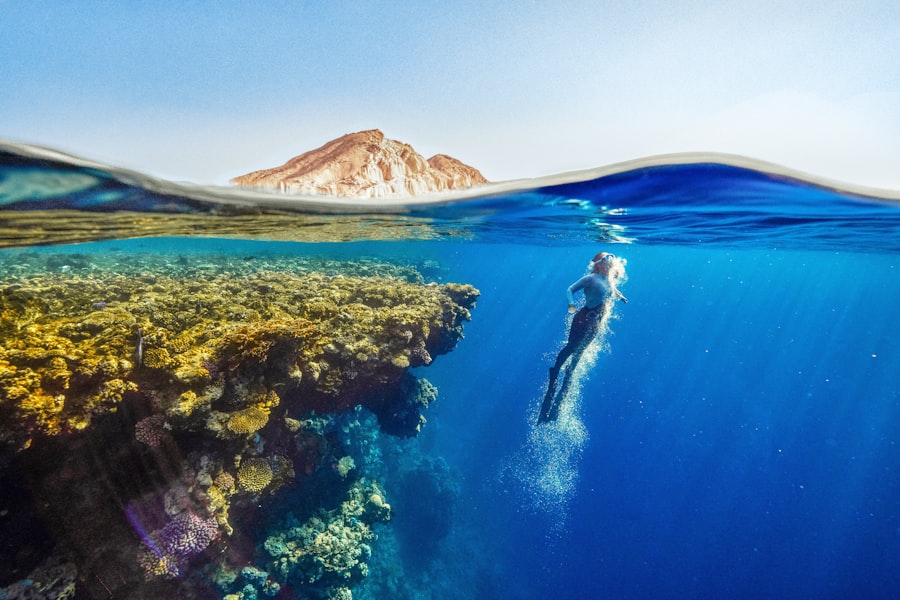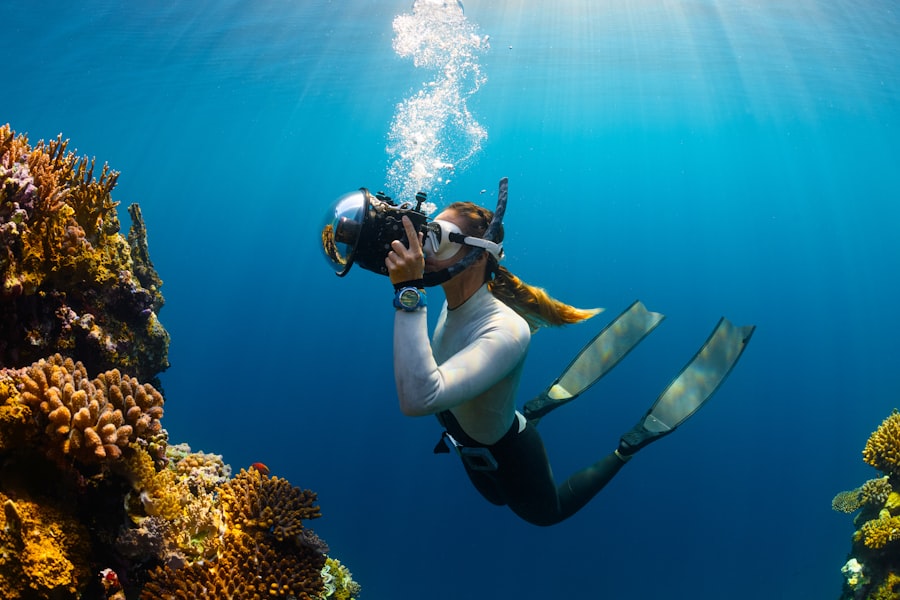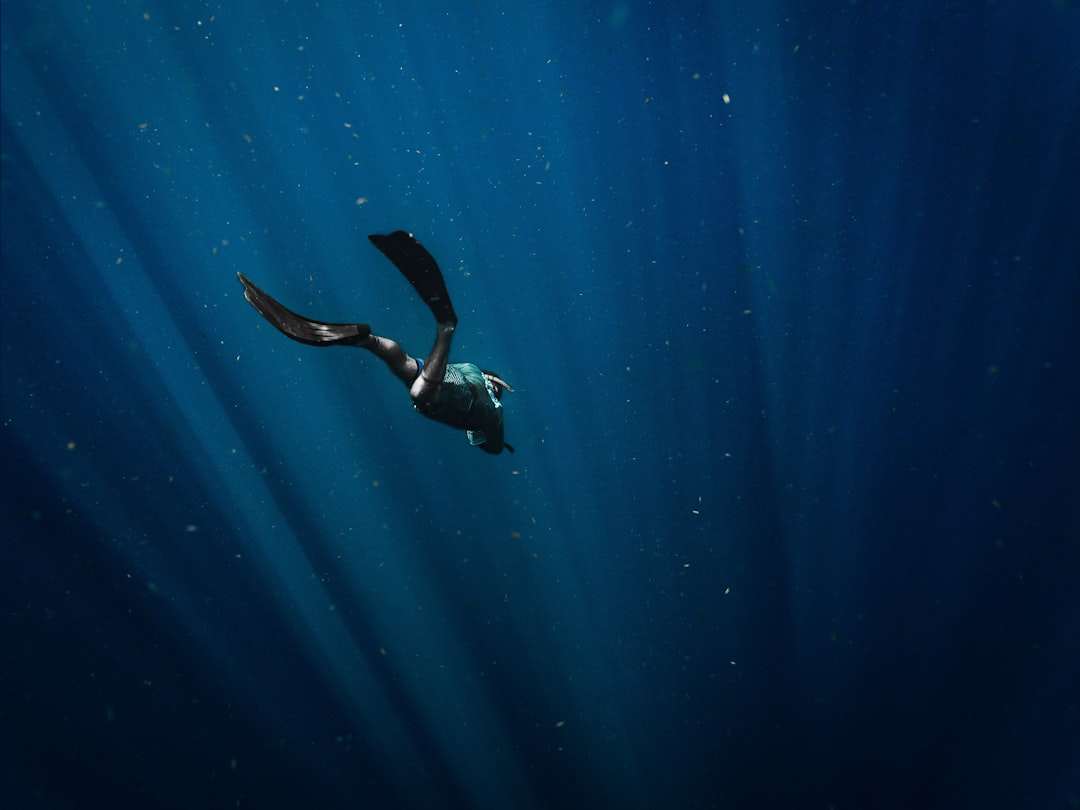The Drake Passage, a body of water situated between the southern tip of South America and Antarctica, is renowned for its tumultuous seas and unpredictable weather. Named after the English explorer Sir Francis Drake, this passage is not only a critical maritime route but also a gateway to one of the most remote and pristine environments on Earth. Stretching approximately 800 kilometers (500 miles) from Cape Horn to the Antarctic Peninsula, the Drake Passage serves as a vital conduit for ocean currents and marine life, making it a focal point for scientific research and adventure tourism alike.
For divers, the Drake Passage represents both a challenge and an opportunity. The region’s unique geographical features and rich biodiversity attract those seeking to explore its underwater realms. However, the passage is notorious for its rough waters, which can pose significant risks to even the most experienced divers.
Despite these challenges, the allure of diving in such an extraordinary location continues to draw adventurers from around the globe, eager to experience the wonders that lie beneath the surface.
Key Takeaways
- The Drake Passage is a treacherous stretch of water between South America’s Cape Horn and the South Shetland Islands of Antarctica.
- The unique underwater ecosystem in the Drake Passage is home to a diverse range of marine life, including whales, seals, and penguins.
- Diving conditions in the Drake Passage can be challenging due to strong currents, rough seas, and cold temperatures.
- The history of diving in the Drake Passage dates back to the early exploration of Antarctica and has since become a popular destination for adventurous divers.
- Wildlife encounters underwater in the Drake Passage offer the opportunity to see a variety of marine species in their natural habitat.
The Unique Underwater Ecosystem
Beneath the churning waves of the Drake Passage lies a vibrant underwater ecosystem that is as diverse as it is fragile. The confluence of cold Antarctic waters and warmer currents creates a unique environment that supports a wide array of marine life. This region is characterized by its rich nutrient upwellings, which fuel the growth of phytoplankton and attract various species of fish, seals, and seabirds.
The intricate food web that exists here is a testament to the delicate balance of life in this remote part of the world. The underwater landscape of the Drake Passage is equally captivating. Divers can expect to encounter dramatic underwater topography, including steep drop-offs, rocky reefs, and kelp forests.
These habitats provide shelter and breeding grounds for numerous species, including colorful anemones, sponges, and corals. The biodiversity found in this region is not only essential for maintaining ecological balance but also offers divers an unparalleled opportunity to witness nature in its most unspoiled form.
Diving Conditions in the Drake Passage

Diving in the Drake Passage is not for the faint of heart. The conditions can be challenging due to strong currents, unpredictable weather patterns, and cold water temperatures that typically range from -2°C to 5°C (28°F to 41°F). These factors necessitate careful planning and preparation for any diving expedition.
Divers must be equipped with appropriate thermal protection, such as drysuits or thick wetsuits, to withstand the frigid waters while ensuring their safety and comfort. Moreover, visibility can vary significantly depending on weather conditions and water currents. While some days may offer clear visibility of up to 30 meters (100 feet), others can be murky and limit sightlines to just a few meters.
This variability adds an element of unpredictability to each dive, making it essential for divers to remain adaptable and vigilant. Despite these challenges, many divers find that the rewards of exploring this unique underwater environment far outweigh the difficulties encountered.
The History of Diving in the Drake Passage
| Year | Event | Significance |
|---|---|---|
| 1971 | First scientific diving expedition | Initiated research on marine life in the passage |
| 1985 | Discovery of historic shipwrecks | Revealed insights into maritime history |
| 2002 | Exploration of deep-sea hydrothermal vents | Uncovered unique ecosystems and geological features |
| 2015 | Record-breaking deep dive | Reached a depth of 3,000 meters, setting a new milestone |
The history of diving in the Drake Passage is relatively recent compared to other popular diving destinations around the world. While explorers have navigated these waters for centuries, it wasn’t until the late 20th century that scuba diving began to gain popularity in this region. Early pioneers faced numerous challenges, including harsh weather conditions and limited access to advanced diving technology.
However, as equipment improved and dive boats became more reliable, interest in exploring the underwater wonders of the Drake Passage began to grow. In recent years, advancements in diving technology have made it possible for more divers to experience this remote area safely. Liveaboard dive boats have become increasingly popular, allowing divers to access prime dive sites while providing comfortable accommodations.
As awareness of the unique marine ecosystem in the Drake Passage has increased, so too has interest in conservation efforts aimed at protecting this fragile environment from human impact.
Wildlife Encounters Underwater
One of the most compelling reasons divers flock to the Drake Passage is the opportunity for extraordinary wildlife encounters. The region is home to a diverse array of marine species, including seals, penguins, and various fish species that thrive in its nutrient-rich waters. Divers may find themselves swimming alongside playful sea lions or observing majestic whales as they breach the surface in search of food.
The chance to witness these animals in their natural habitat is a highlight for many who venture into these waters. In addition to larger marine mammals, divers can also marvel at the intricate microcosm of life found on the ocean floor. Colorful nudibranchs, vibrant sea stars, and delicate sea urchins are just a few examples of the fascinating creatures that inhabit this underwater world.
These encounters not only enrich the diving experience but also foster a deeper appreciation for the importance of marine conservation.
Safety Precautions for Diving in the Drake Passage

Given the challenging conditions associated with diving in the Drake Passage, safety precautions are paramount. Divers must be well-prepared and knowledgeable about potential hazards before embarking on their underwater adventures. It is crucial for divers to have experience in cold-water diving and be familiar with using drysuits or thick wetsuits to ensure their safety in frigid temperatures.
Additionally, divers should always dive with a buddy and maintain clear communication throughout their dives. Establishing a dive plan that includes entry and exit points, as well as emergency procedures, is essential for ensuring safety in this unpredictable environment. It is also advisable for divers to stay informed about weather conditions and tidal patterns before heading out, as these factors can significantly impact diving conditions.
Best Dive Sites in the Drake Passage
The Drake Passage boasts several exceptional dive sites that cater to divers of varying skill levels. One notable location is Elephant Island, famous for its dramatic underwater landscapes and abundant marine life. Divers can explore underwater caves and rocky outcrops while encountering seals and various fish species that inhabit these waters.
Another popular dive site is Deception Island, an active volcanic island that offers unique diving experiences amidst stunning geological formations. The warm waters surrounding this island create an ideal environment for diverse marine life, making it a must-visit destination for divers seeking adventure. Each dive site within the Drake Passage presents its own unique features and challenges, ensuring that divers will find something new and exciting with every expedition.
Equipment and Gear for Diving in the Drake Passage
Diving in the Drake Passage requires specialized equipment designed to withstand cold temperatures and challenging conditions. A high-quality drysuit is essential for keeping divers warm and dry during their underwater explorations. Additionally, thermal undergarments should be worn beneath the drysuit to provide extra insulation against frigid waters.
Divers should also invest in reliable dive computers that can monitor depth and time spent underwater accurately. A good mask with a wide field of vision is crucial for maximizing visibility while exploring underwater landscapes. Furthermore, buoyancy control devices (BCDs) are necessary for maintaining stability during dives, allowing divers to navigate effortlessly through varying depths and currents.
Conservation Efforts in the Drake Passage
As interest in diving in the Drake Passage continues to grow, so too does awareness of the need for conservation efforts aimed at protecting this fragile ecosystem. Various organizations are working tirelessly to promote sustainable practices among divers and tourists visiting the region. These initiatives focus on minimizing human impact on marine life while fostering a greater understanding of environmental stewardship.
One significant effort involves monitoring marine populations and habitats through scientific research and data collection. By studying changes in biodiversity and ecosystem health, researchers can better understand how human activities affect this delicate environment. Additionally, educational programs aimed at divers emphasize responsible diving practices that prioritize conservation and respect for marine life.
Tips for Planning a Diving Trip to the Drake Passage
Planning a diving trip to the Drake Passage requires careful consideration and preparation. First and foremost, divers should choose a reputable dive operator with experience navigating these challenging waters. Researching reviews and testimonials from previous clients can provide valuable insights into the quality of service offered by different operators.
It is also essential for divers to assess their skill level honestly before embarking on such an adventure. Those with limited cold-water diving experience may want to consider taking a refresher course or participating in guided dives led by experienced instructors familiar with local conditions. Additionally, divers should pack appropriately for varying weather conditions and ensure they have all necessary equipment ready before departure.
The Future of Diving in the Drake Passage
The future of diving in the Drake Passage holds both promise and challenges as interest in this unique destination continues to grow. As more divers seek out opportunities to explore its underwater wonders, there will be an increasing need for sustainable practices that protect marine ecosystems from overexploitation and pollution. Collaboration between dive operators, conservation organizations, and local communities will be crucial in ensuring that future generations can enjoy this remarkable environment.
Moreover, advancements in technology may enhance safety measures while providing new opportunities for exploration within this remote region. As research continues to uncover more about the biodiversity found beneath the waves of the Drake Passage, divers will have even more reasons to appreciate its significance as one of Earth’s last great wildernesses. With responsible practices and a commitment to conservation at the forefront of future endeavors, diving in the Drake Passage can remain an extraordinary adventure while safeguarding its ecological integrity for years to come.
Diving in the Drake Passage is an exhilarating experience that offers a unique glimpse into one of the most remote and challenging marine environments on Earth. The passage, known for its turbulent waters and rich biodiversity, attracts adventurous divers eager to explore its depths. For those interested in learning more about the challenges and rewards of diving in such extreme conditions, a related article on the topic can be found on MyGeoQuest. This article provides insights into the preparation and skills required for such an expedition, as well as the incredible marine life that divers can encounter. To read more, visit the article on MyGeoQuest.
WATCH NOW! Drake Passage: Earth’s Deadliest Waters Revealed
FAQs
What is the Drake Passage?
The Drake Passage is the body of water between the southern tip of South America and the northern tip of the Antarctic Peninsula. It is known for its rough seas and challenging weather conditions.
What is Drake Passage diving?
Drake Passage diving refers to the activity of scuba diving in the waters of the Drake Passage. It offers the opportunity to explore the diverse marine life and underwater landscapes in this remote and pristine environment.
What are the diving conditions like in the Drake Passage?
Diving conditions in the Drake Passage can be challenging due to strong currents, cold water temperatures, and unpredictable weather. Divers should be experienced and well-prepared for these conditions.
What marine life can be found in the Drake Passage?
The Drake Passage is home to a variety of marine life, including seals, whales, penguins, and a diverse range of fish and invertebrates. Divers may also encounter unique species that are specific to the Antarctic region.
What are the best times of year for Drake Passage diving?
The best time for diving in the Drake Passage is during the Antarctic summer, which runs from November to March. During this time, the weather is relatively milder and the sea ice is less extensive, allowing for better diving conditions.
What are the logistical considerations for diving in the Drake Passage?
Diving in the Drake Passage requires careful planning and coordination due to its remote location and challenging conditions. Divers should be prepared for long voyages, limited facilities, and the need for specialized equipment and support.
